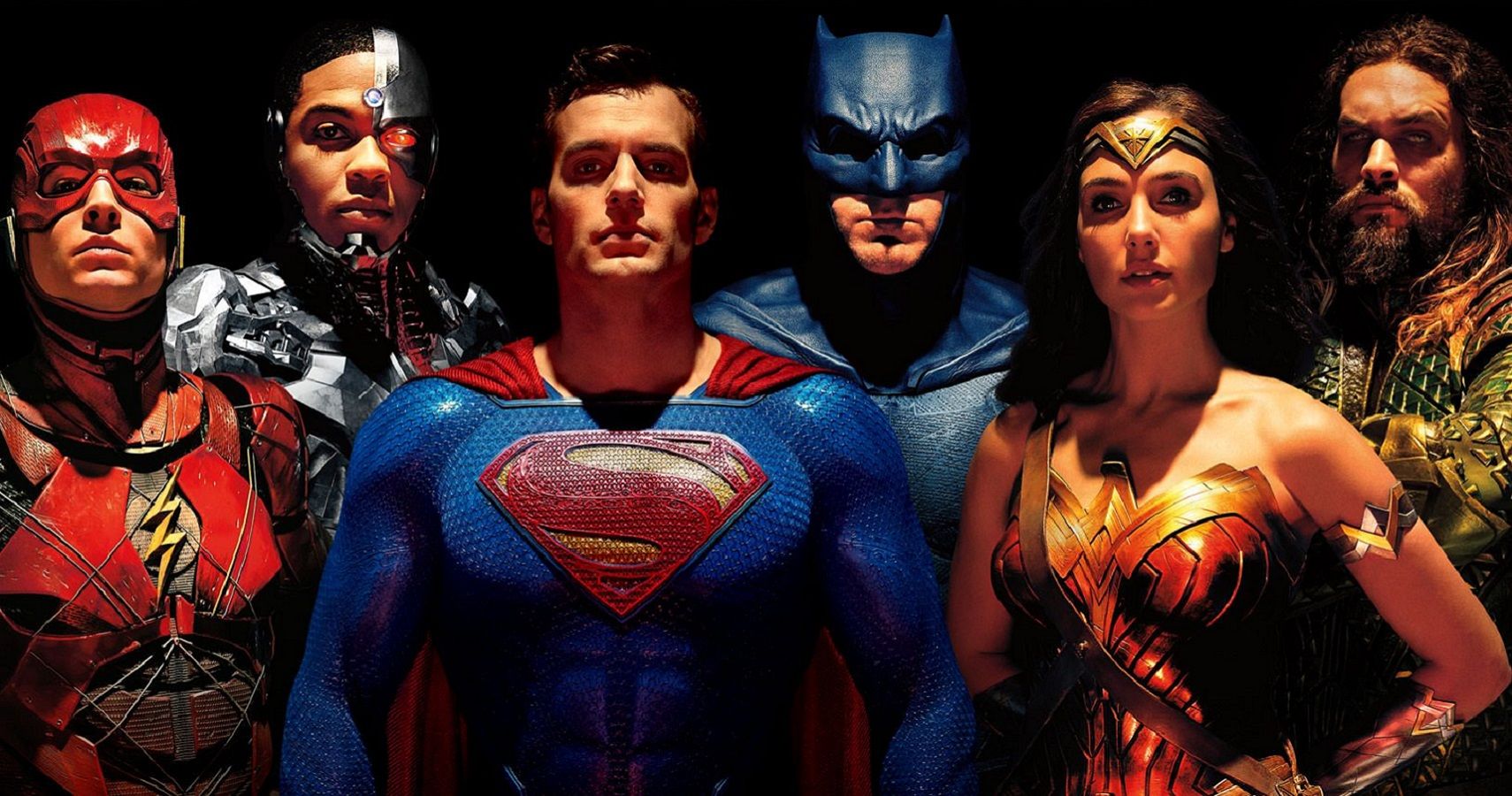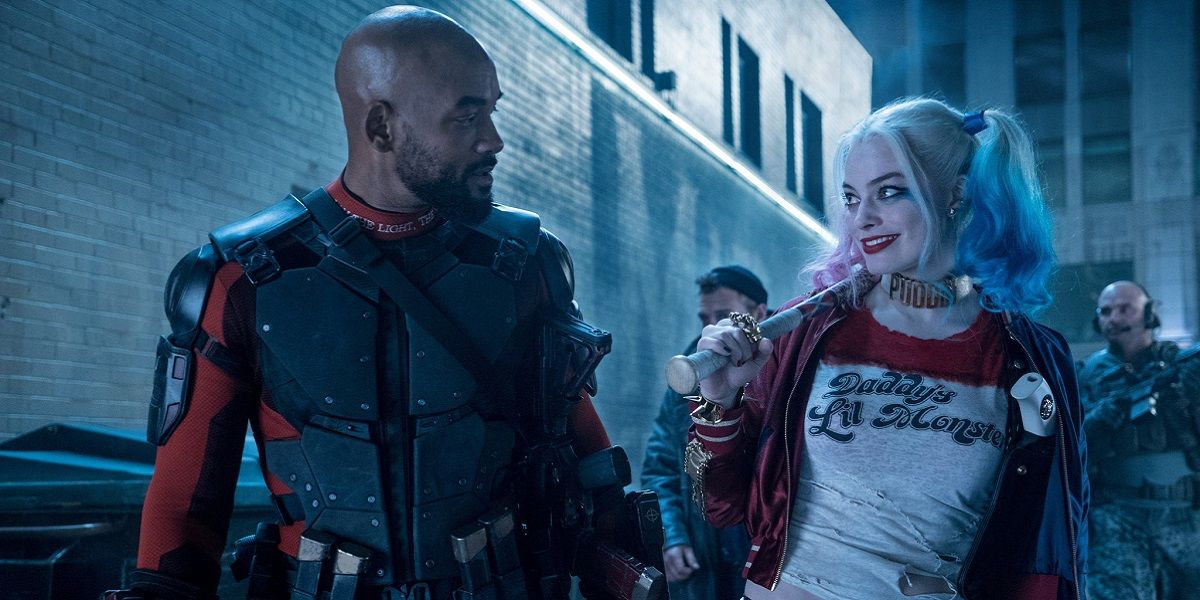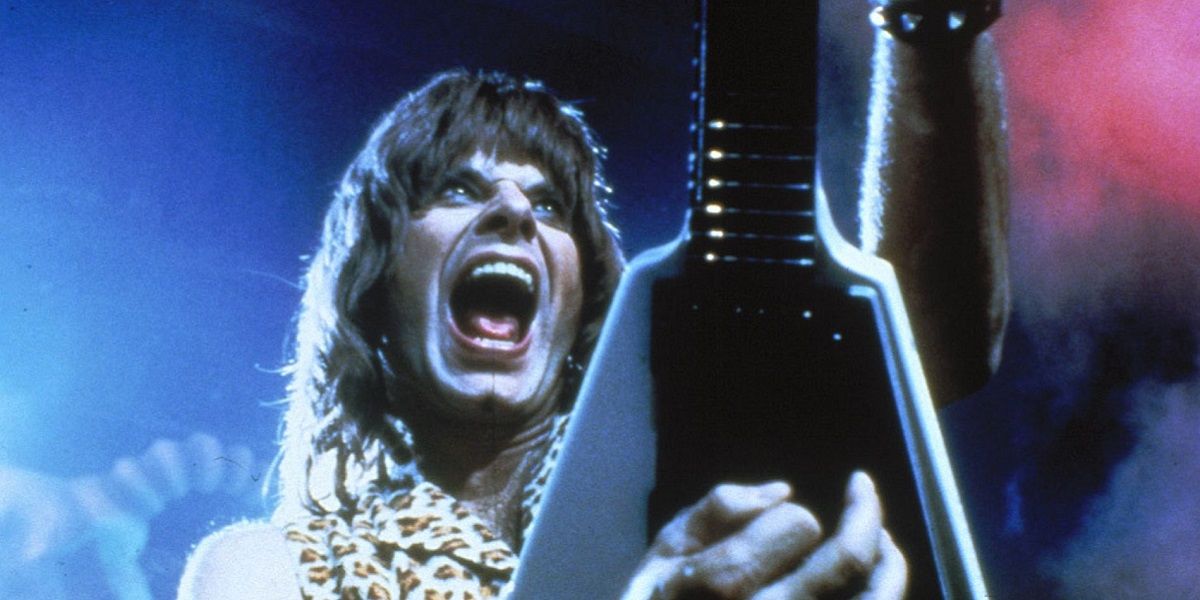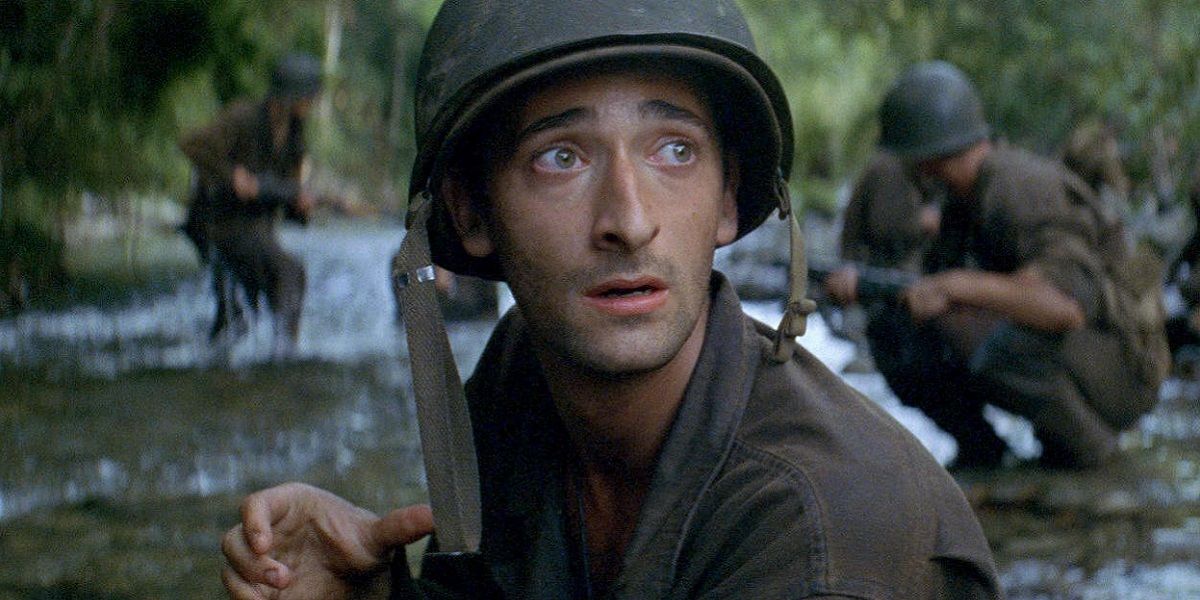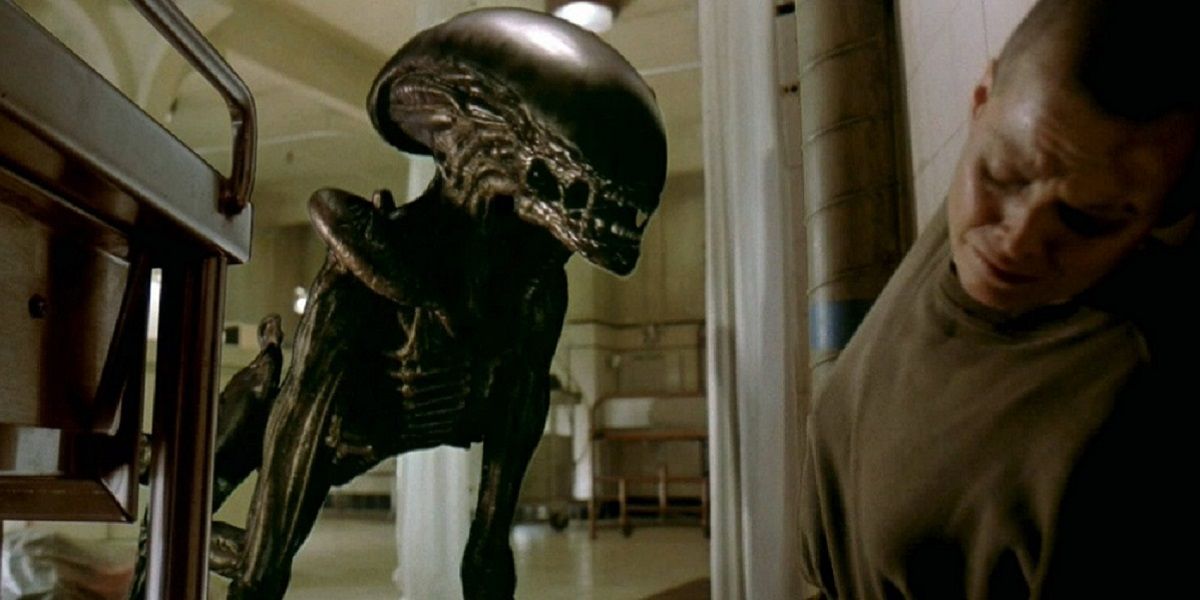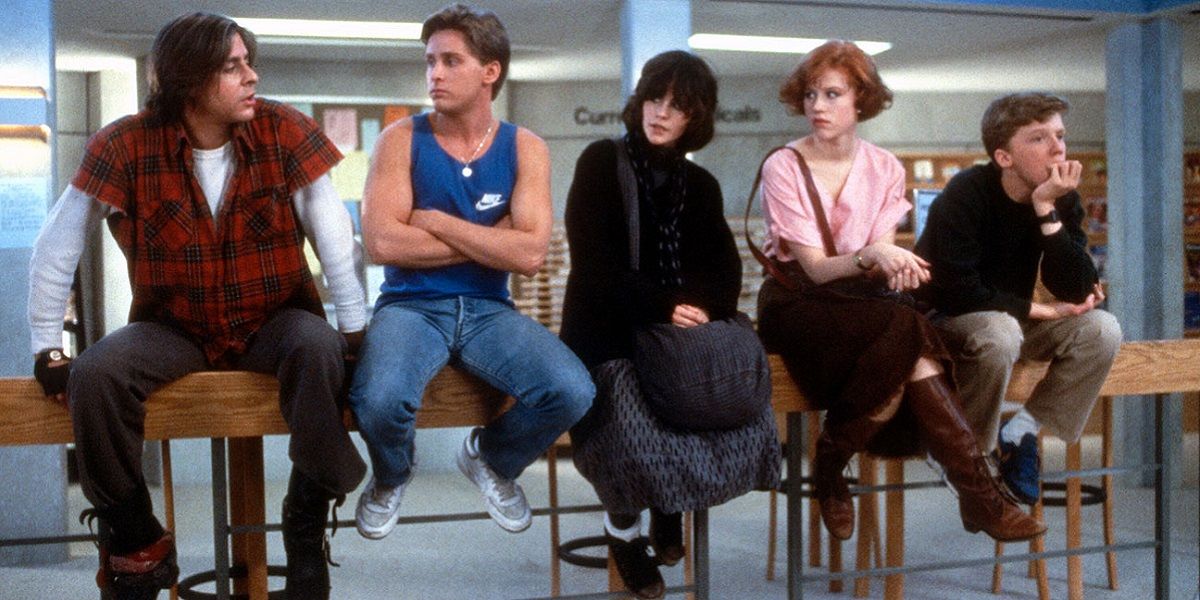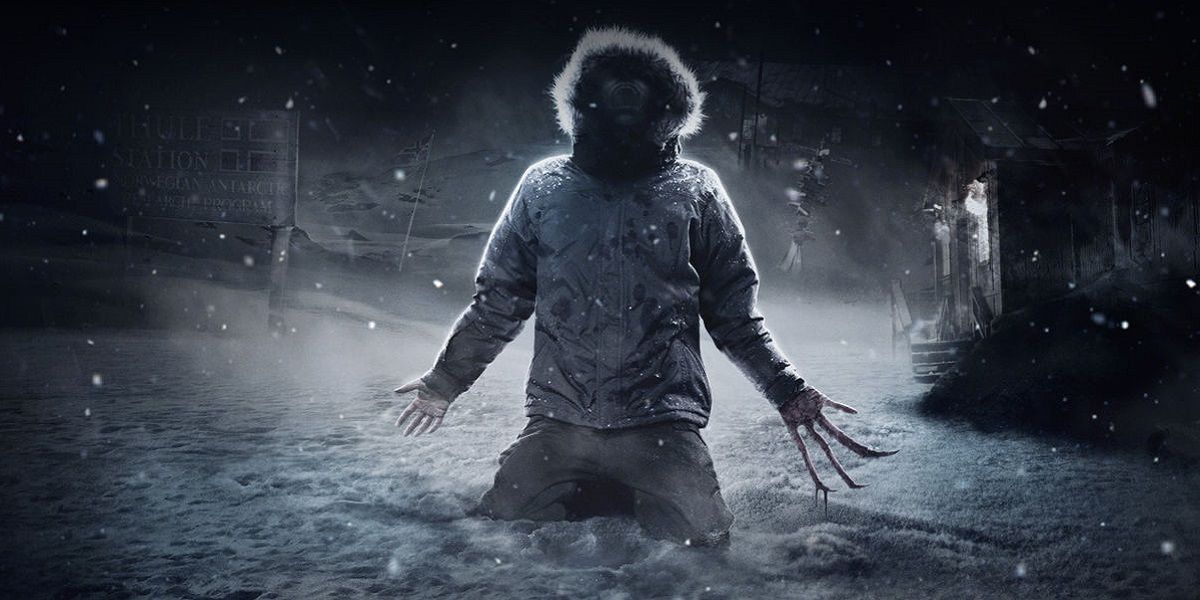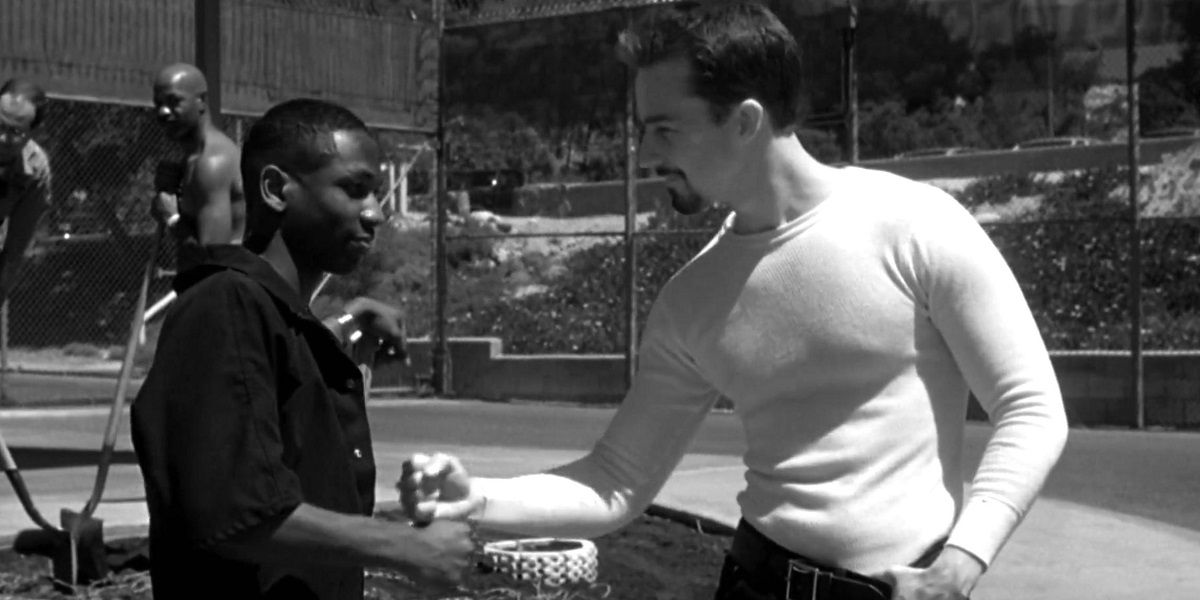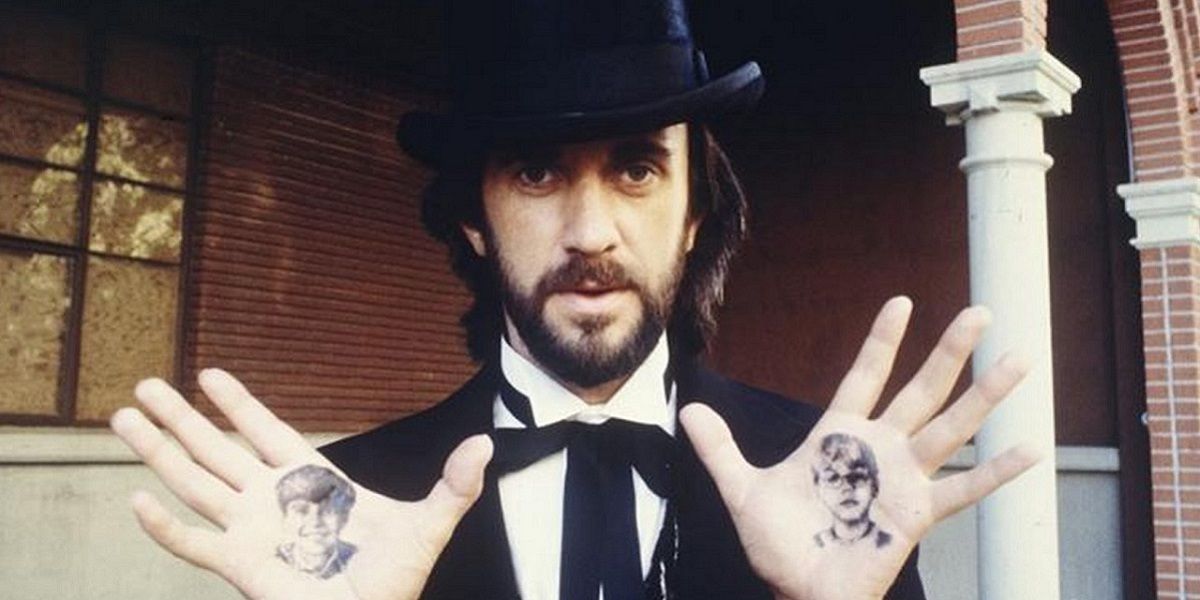With the announcement that Zach Snyder's version of Justice League will see the light of day on HBO Max next year, the floodgates have opened for fans to put pressure on studios and be heard, which is both a blessing and a curse. Many fans felt that what happened to Snyder's vision for the film was a shame, and the Frankenstein's monster that was released theatrically was barely a movie.
Whether or not the Snyder Cut is better than the theatrical isn't the question, rather, it's a question of how much studios should interfere with a director's vision. So, with this in mind, here are 10 other films that just might have director's cuts and why they were chopped up.
David Ayer's Suicide Squad
What better way to kick off the list instigated by the recent Snyder Cut news than a fellow DC film, Suicide Squad. The "Ayer Cut" is gaining traction as the famed Snyder Cut will now find a release, though the changes likely won't be quite as drastic. Following the pitiful reception of Batman v. Superman, the higher-ups at Warner Bros decided to ask Ayer to make Suicide Squad lighter in tone, and the film underwent reshoots and got more quips and licensed music to utilize.
Ayer has been pretty adamant that his arm was twisted and he had to cut out and change many things. Whether or not his original vision was much better than what was released remains to be seen, and fans will have to wait and see if the Ayer Cut sees the light of day.
Rob Reiner's This Is Spinal Tap
Rob Reiner's cut wasn't due to bad decisions by producers or pressure from studios, it was simply a matter of needing to trim a lot of footage into one coherent movie. There were allegedly some 100 hours of footage shot for the film, and the film's runtime is just under an hour and a half.
This means that there is a mountain of footage buried somewhere. Perhaps one day it could be seen by the public or trimmed into a miniseries of sorts. This Is Spinal Tap was a smash hit and cultural phenomenon, so there is surely some gold in the literal days of footage that didn't make it into the main film.
Terrence Malick's The Thin Red Line
The Thin Red Line is a pretty excellent movie as it stands, and doesn't really need to be improved upon. At present, the film is nearly three hours long, but the original cut of the film was purportedly about five. Several scenes did not make it into the film, including performances from Lukas Haas, Mickey Rourke, and Bill Pullman, and narration by Billy Bob Thorton. Likewise, John Travolta, Adrien Brody, and Goerge Clooney's roles were substantially cut.
Oddly enough, snipping down roles is something that has become a recurring habit of Malick, so The Thin Red Line isn't the only film he's directed with a lot of cut footage.
David Fincher's Alien 3
To be clear, there is a (sort of) a Director's Cut of Alien 3, called "The Assembly Cut." However, David Fincher was not involved in the process, so it's more of an "Editor's Cut" or something along those lines, with the crew following Fincher's original notes for the film. The film had a long and tortured time in development hell following Aliens, and when it finally got into new director David Fincher's hands, there wasn't much creative control left in the process.
While The Assembly Cut has garnered a much warmer reception than the theatrical release, a Fincher Cut (likely similar to the Assembly Cut, but with more polishing) could probably be even better.
John Hughes' The Breakfast Club
Similar to Rob Reiner, John Hughes had no problems when making The Breakfast Club, but he found himself with an abundance of footage. In fact, he collected about an extra hour of footage, so The Breakfast Club probably would've turned into the Brunch Club with that lengthy runtime.
Apparently Hughes enjoyed the film at that length but fully understood it was not general audience-friendly and kept the Director's Cut in his home. The exact whereabouts are a mystery, but it does exist.
Matthijs Van Heijningen's The Thing
The 2011 prequel to the John Carpenter film of the same name, The Thing was criticized heavily for its overuse of CGI and lack of practical effects. However, the original version of the film actually did stay more stylistically loyal to the original film and boasted practical effects.
Sadly, the studio heads at Universal decided to step in and demand CGI, and also asked for reshoots, changing the film's ending.
George Miller's Babe: Pig In The City
George Miller co-wrote the screenplay of the original Babe, and when Pig In The City came along, he took the director's reins. While making the film, some of Miller's Mad Max tendencies might have spilled out, as Pig In the City evidently cut a few scenes that took it down from the PG rating to the family-friendly G rating.
Apparently the cut scenes involved a few mean-spirited scenes, a bit of cartoonish violence, and Mickey Rooney's villain character indulging in vices. #ReleasetheMillerCut, anyone?
Tony Kaye's American History X
The production history of American History X is pretty famous at this point. Newcomer director Tony Kaye managed to get the first cut of the film in at 95 minutes and within budget, and he was very happy with his work, and test audiences enjoyed it as well. Unfortunately, New Line Cinema asked to add more to the film, stretching it to about two hours instead.
Kaye was furious, and went out with a fight, engaging in lawsuits, demanding his name be removed from the film, refusing to watch the final product, and disavowing it. He was seen as unhirable and wouldn't find work for years with any studios, though his outbursts are somewhat sympathetic in hindsight.
Jack Clayton's Something Wicked This Way Comes
A rather obscure Dinsey production, the 1983 film based on the Ray Bradbury novel of the same name also went through a troubled production. With Bradbury himself working on the script, he had a falling out with director Jack Clayton over the script and their visions. Clayton was the director, but Bradbury was the original creator of the work. While the two worked well together initially, Clayton was forced to bow to the Disney executives' demands to make it more family-friendly and got another screenwriter to make script revisions. Despite doing so, the Disney executives were still unpleased with the results and took it upon themselves to get a new editor and also undergo reshoots, sidelining Clayton.
The film came out and was a box-office bomb, due partially in part to the expensive reshoots, and while it garnered polite applause, it certainly would have been a greater and more complex film had the original vision been adhered to.
Lord And Miller's Solo
Out of all of the films on this list, the one that warrants a Director's Cut more than any other entry would have to be Phil Lord and Chris Miller's Solo, which allegedly underwent reshoots that wiped out 70 percent of what they had shot, according to replacement director, Ron Howard. Though not all of the pieces of the puzzle are clear as to what went wrong, it is very likely that the writers of the film and their orthodox style clashed with Lord and Miller's more free-spirited and improvisational approach to filmmaking. One thing led to another, and Lord and Miller were fired from the project by the Disney executives.
Solo was released in 2018 and was a safe by-the-numbers origin movie and the first Star Wars flop. Lord and Miller did get their vendetta - their other project for that year, Into The Spider-verse, won the Oscar for Best Animated Feature over Disney's entries, the first non-Disney animated film to do so in nearly a decade.

